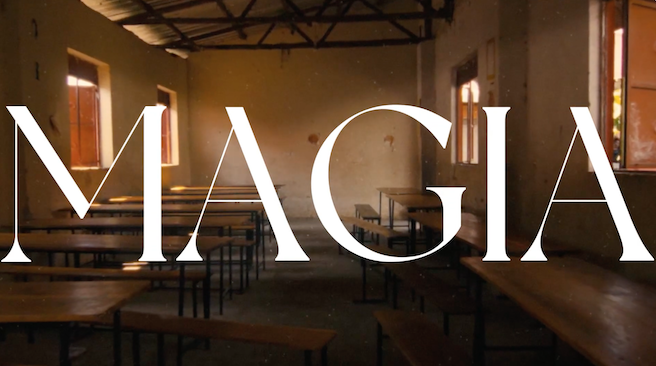The education sector suffered the worst crisis in history in 2020 and 2021, according to UNESCO
:quality(70)/cloudfront-us-east-1.images.arcpublishing.com/gruponacion/XZUMTXI4TZFVREKRAPLT6EVH2E.jpg)
The education sector has experienced the worst crisis in history over the past two years, with schools closed for extended periods, despite some progress in the second year of the COVID-19 pandemic.
For the United Nations Culture, Science and Education Organization (UNESCO), the global disruption in education caused by the pandemic is the worst education crisis ever.
“However, there is a noticeable change between December 2021 and January 2022: there were no more large-scale school closures, states were able to install a new crisis management model with the ability to keep schools open, thanks to the adoption of enhanced and safe health,” UNESCO told AFP. Press.
[ ‘Voto joven’, un 36% del padrón que creció entre el descontento y la fragmentación política ]
UNESCO added that countries such as France, Brazil and Mexico have implemented new measures such as distancing and closures on a case-by-case basis, in addition to traditional hand washing or wearing masks.
Other countries such as France, Canada or Italy have resorted to screening tests.
Schools are currently open in 135 countries. In addition, at the beginning of the year, 25 countries decided to postpone the reopening of schools after the Christmas holidays. Twelve chose to close entirely, compared to the 40 who did so on the same date last year, according to the foundation.
He congratulated that “the message consisting of saying that schools should be left open, from a social point of view and in the interest of children, worked at the level of different countries.”
In the past two years, the countries that have had schools closed for a longer period, i.e. more than 60 weeks, were Bangladesh, Kuwait, the Philippines, Uganda and Venezuela.
Taking partial closures into account, Uganda reached over 60 weeks of full closure and 23 weeks of partial closure; While Bolivia reached 43 and 39 weeks, respectively; Nepal a total of 35 and 47 weeks; India 25 and 57 weeks.
Four countries have not closed schools in two years: Belarus, Burundi, Nauru and Tajikistan.
Dozens more have not resorted to a full lockdown, including Russia, the United States and Australia. Oceania is the region that has closed its educational centers the least.
France, with a total of seven weeks and a partial closure of five weeks, is among the lowest 10% of countries that have closed their schools.
[ Cantones del Caribe, la Zona Norte y el Pacífico Central se rezagan en graduación universitaria ]
The widespread closure of schools or higher education centers has dire consequences, particularly in low- and middle-income countries.
Certain regions of Brazil, Pakistan, India, South Africa, and Mexico, among others, suffer significant learning losses in mathematics and reading.
According to UNESCO, by 2030, “no region in the world plans to achieve universal secondary education,” “teachers consider that only a third of students will have basic math skills” and “33% of students will not have the ability to read a sentence at the end of school.” Primary “.
The World Bank and United Nations agencies have long warned that the younger generation currently in school is at risk of losing nearly $17 billion in income due to the shortfall caused by school closures due to the pandemic.
Jaime Saavedra, director of the World Bank’s Education Foundation, said in a report published in December.
UNESCO said the priority is to “get all young people back to school, especially girls in certain countries”.

“Award-winning zombie scholar. Music practitioner. Food expert. Troublemaker.”









